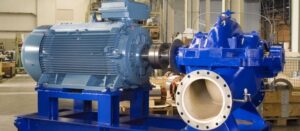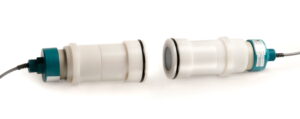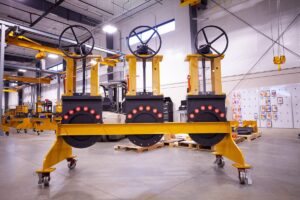![]()
The notorious Genoa low, also known as “the V(5)-track cyclone”, repeatedly brings catastrophic rainfall in its wake. The low pressure system extends across the Mediterranean region near the Gulf of Genoa.
The notorious Genoa low, also known as “the V(5)-track cyclone”, repeatedly brings catastrophic rainfall in its wake. The low pressure system extends across the Mediterranean region near the Gulf of Genoa. As it moves above the Mediterranean, it fills up with humid air and then strengthens as it heads in a northwesterly direction around the Eastern Alps. Depending on the path it takes, the front can cause extensive and long-lasting steady rain in eastern and southeastern Germany, Poland and the Czech Republic.
Nearly all of the major flooding disasters in recent years on the Oder, Elbe and Danube rivers can be attributed to the Genoa low. In 2010, for example, the Oder catchment area experienced the second-worst flooding disaster since the end of the 1940s. Between 15 May and 20 May 2017, a huge amount of rain fell in the Oder catchment area, with rainfall accumulation as high as 180mm/m2. The second-highest rate of rainfall since weather services began recording such data – 2,100 cubic metres per second – was registered at the Czech-Polish border.1
-
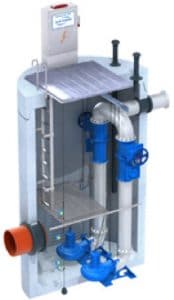
Underground lift station -
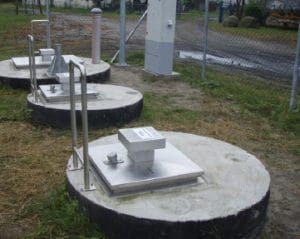
Above ground lift station at a sewage plant
Poland, which has been among the hardest-hit countries in terms of flooding, has invested a substantial amount of money in flood protection measures over the last few years. Unfortunately, Poland still faces major challenges, as instances of heavy rainfall continue to increase due to climate change. The expansion and monitoring of sewer systems is crucial here – and since 2007, more than 5,000 KELLER Series 46 X transmitters have been installed for sewage applications in Poland. The transmitters are mostly used in newly built or upgraded lift stations, which pump wastewater in so-called backflow loops to a level higher than the downstream manholes in the sewer system. In heavy rainfall, a situation is thus prevented in which wastewater is pushed back into buildings and ends up flooding basements.
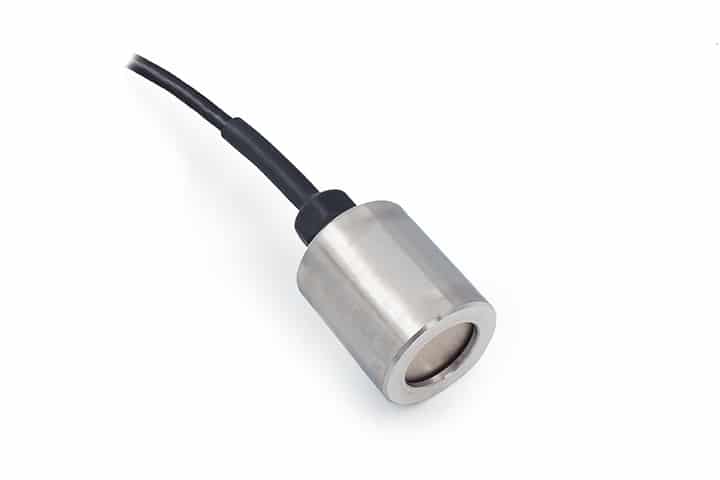
The pressure transmitters for level measuring serve as the main sensors for wastewater level monitoring, whereas the floating switches are used as a secondary control element. The main advantage of the 46 X is a chemically resistant AL2O3 membrane with a gold layer, which is also more resistant to mechanical damage than a steel membrane. Modern digital electronic systems enable free scaling of the 4-20-mA output, as well as the incorporation of the unit into a MODBUS communication network. In addition, the 46 X displays outstanding reliability in this extremely tough application.
1: Ministerium für Umwelt, Gesundheit und Verbraucherschutz des Landes Brandenburg; Fachbeiträge des LUGV, Heft 129: Das Sommerhochwasser der Oder 2010 (“Summer Flooding on the Oder in 2010”)
Click here for more information on the Series 46 XClick here for related articles and newsSearch for level transmitter manufacturers in our equipment guide
Sign up for Level Control and Measurement E-Updates
KELLER AG für Druckmesstechnik was established in 1974 by Hannes W. Keller, the inventor of the integrated silicon measuring cell. Today, his sons Tobias and Michael Keller run the business. The company is wholly family-owned and employs 450 staff. KELLER feels a strong connection to its home of Switzerland. Its headquarters are where the value …
Source of Article
